Although it is already considered an outdated word, rheumatism is still part of the common vocabulary. Do you know what it really is? Rheumatism is just a general term with its diagnosis and treatment.
It refers to the chronic inflammation of joints, ligaments, muscles, tendons and bones, as in the case of rheumatoid arthritis.
Rheumatoid arthritis, which often occurs in elderly people, is an autoimmune disease, which means that the immune system mistakenly attacks the body’s healthy tissue. So far, the cause is unknown. Apparently, it may be caused by a combination of environmental and genetic factors, which tend to play an important role in the development of this type of disease.
If you are a senior with rheumatoid arthritis, low-impact aerobics, strength training and stretching can help you prevent joint stiffness, build muscle, improve endurance and have beneficial effects on your heart, bones and mood. Of course, it’s important to listen to your body. If you’re going through a flare-up of arthritis, you can stop exercising for a few days. But if you feel good, you can continue to do activities that don’t hurt.
Talk to your doctor about the most appropriate exercises and when you should stop the routine because of symptoms.
Walking

Seems simple? Well there’s nothing wrong with starting with simple. Plus, walking is an excellent aerobic activity and strengthens your bones. The American College of Sports Medicine recommends walking three to five days a week, for a minimum of 30 minutes. Your endurance increases if you walk for longer periods, but it is fine if you start with 10 minutes, and you increase.
Suitable for: Everyone, unless walking is too painful.
Water Exercises
In a lap pool (4 feet deep), walk from one side of the pool to the other at a brisk pace. The water will relieve the pressure on your joints. In some gyms, there are treadmills at the bottom of the pool. These allow you to move without putting pressure on your hips, knees, or ankles.
Suitable for: People with significant joint pain
Stand Up from Your Chair
Sit in a chair of normal height, get up and sit down, without dropping. Concentrate on controlling the movement, using your arms to help you if necessary. Aim for 10-15 reps. If it seems too easy, try a lower chair. Too hard? Find a higher chair.
Suitable for: Patient who wants to develop leg muscles.
Cycling
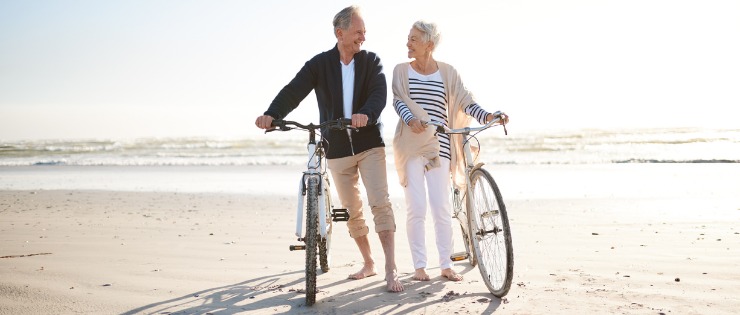
Whether you’re biking outdoors or sitting on a stationary bike, cycling offers great cardiovascular benefits, without the shock to your joints. Strengthen your legs and arms. Try walking for 10 minutes at a time. Build up to 30 to 40 minutes, two to three times a week.
Suitable for: Anyone with foot or ankle problems.
Yoga
Yoga offers two great benefits for people with rheumatoid arthritis. First, the use of relaxation techniques, which promotes a healthy immune system and helps reduce joint inflammation. Also, gentle stretches are great for maintaining mobility and movement.
Avoid energetic yoga, hot yoga, and Vinyasa, which can put excessive pressure on your joints.
Suitable for: Almost everyone can benefit, even people with swollen and tender joints.
Pilates

Pilates is great for stabilizing the joints and strengthening the muscles that support the joints. Try the “bridge”. Lie on your back, bend your knees, and place your arms along each side of your body. Exhale through pursed lips as you contract your abs and lift your pelvis. Don’t arch your back or bend your knees. Inhale through your nose and hold the position. Exhale as you lower your pelvis to the floor and repeat.
You may experience pain after exercising if you haven’t been active in a while. In general, if you’re sore for more than two hours after exercising, you’ve probably overdone yourself.
Since when have you been suffering from rheumatoid arthritis? What are the natural treatments you’ve tried? Share your experience in the comments below.

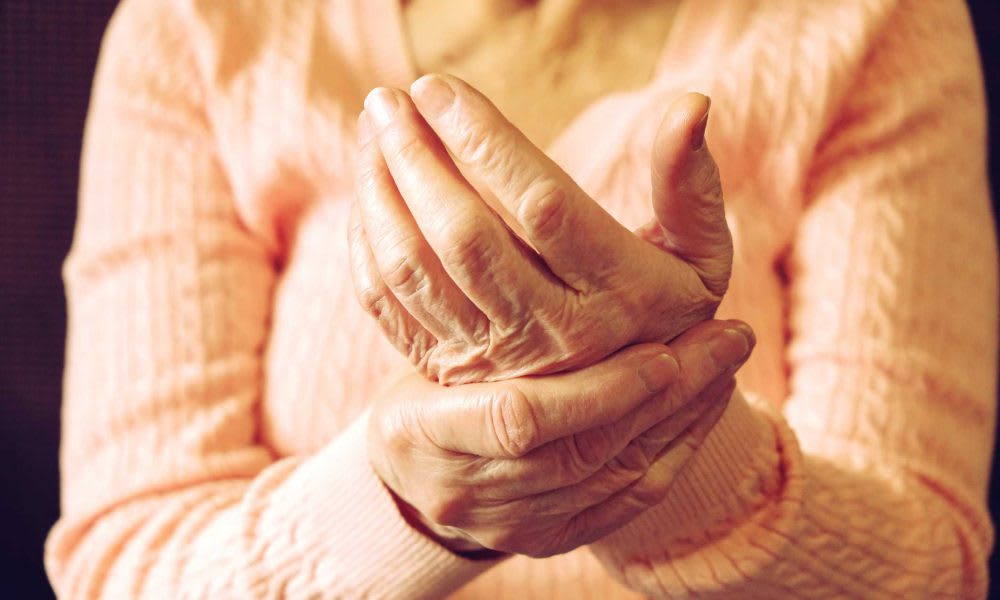
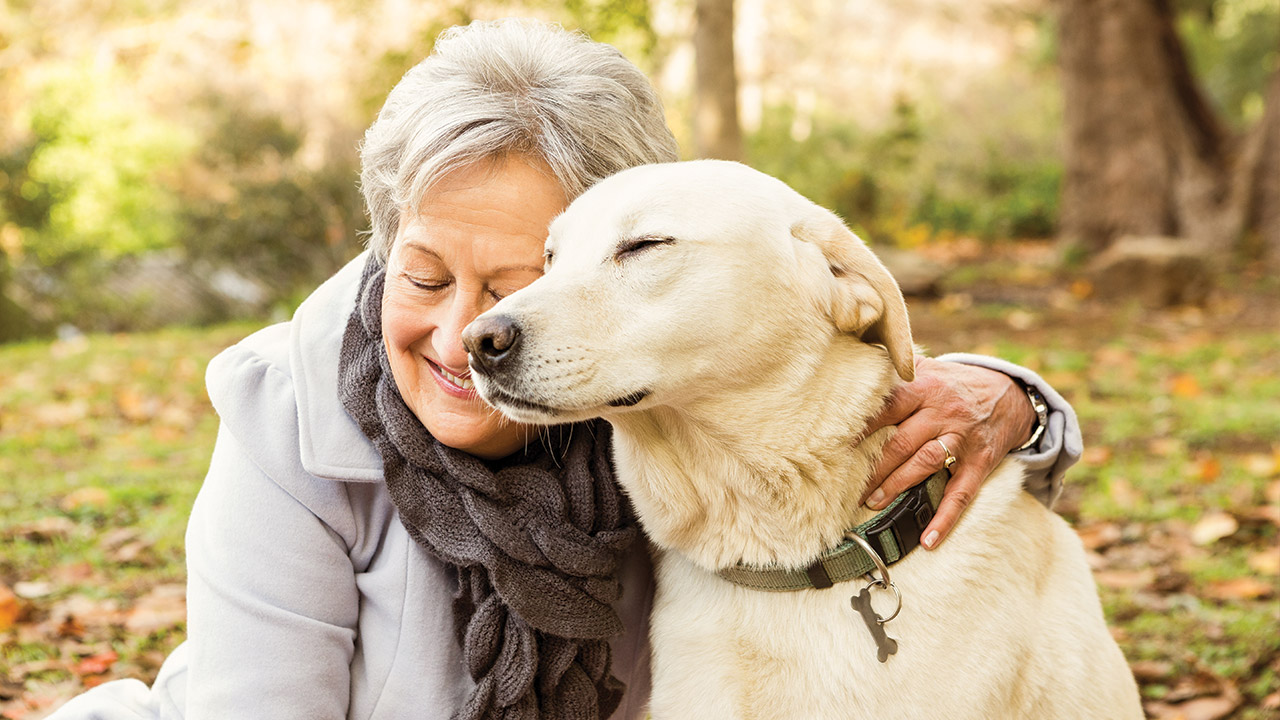
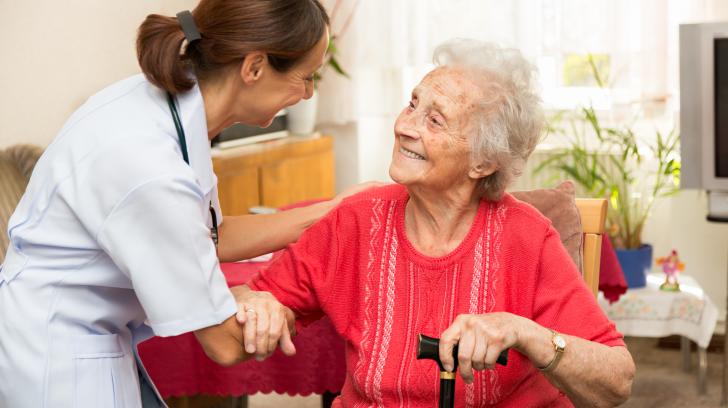

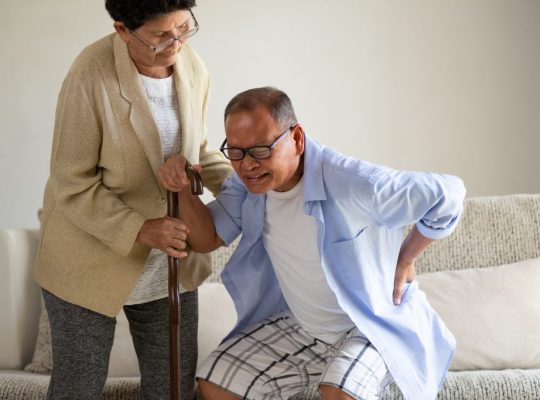


[…] Sound off in the comments section below and tell us what you want to read next and if you want to read more about having a healthy diet. […]
What’s up to every one, the contents present at this web page
are really remarkable for people experience, well, keep up the good work
fellows.